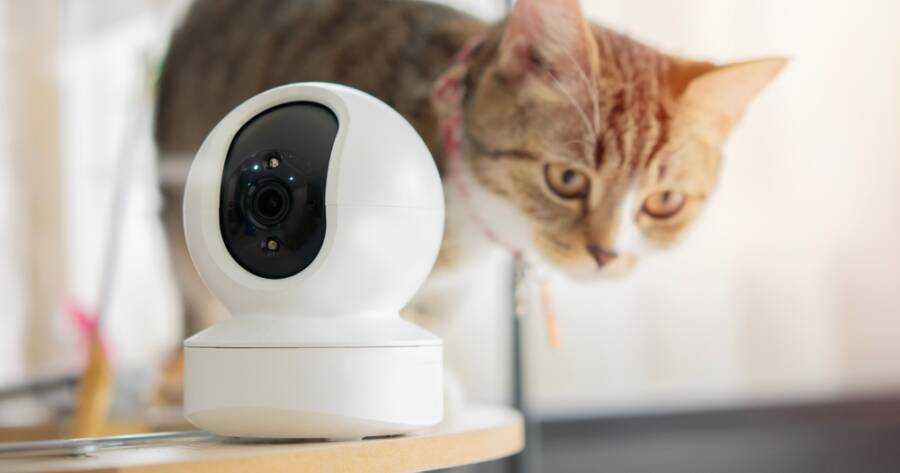Your home should be your sanctuary — a place where you feel secure and at peace. But achieving true home safety often requires more than locking the doors at night. Upgrading your home’s safety features can protect your family, valuables, and property from unexpected threats like burglary, fires, and accidents. The good news? Many essential safety improvements are affordable, easy to install, and deliver lasting peace of mind. Explore the most important safety upgrades every homeowner should consider making.
1. Install a Smart Security System
Today’s smart security systems are more affordable and easier to install than ever. You can customize systems to fit your home’s size and your specific needs, with options like door and window sensors, motion detectors, and indoor/outdoor cameras.
Key Features to Look For:
- Remote access via smartphone apps
- 24/7 professional monitoring (optional)
- Instant alerts for suspicious activity
- Integration with smart locks and lights
Pro Tip:
Even budget-friendly systems from brands like SimpliSafe, Ring, and Wyze can dramatically boost home security without monthly contracts.
2. Upgrade to Smart Locks
Traditional keys can be lost, copied, or stolen. Smart locks offer keyless entry options through smartphones, keypads, or biometric scans. You can create temporary codes for visitors, monitor who enters and exits your home, and lock or unlock doors remotely.
Benefits:
- Greater convenience — no more hiding spare keys.
- Enhanced security through access control.
- Easy integration with smart home systems.
Pro Tip:
Choose smart locks with backup power options (like physical keys or battery packs) in case of a power or Wi-Fi outage.
3. Install Smoke and Carbon Monoxide Detectors
Early detection saves lives. A working smoke alarm cuts the risk of dying in a home fire by 50%, according to the National Fire Protection Association (NFPA). Similarly, carbon monoxide (CO) detectors are critical, as CO is colorless, odorless, and deadly.
Recommended Placement:
- Smoke detectors in every bedroom, outside sleeping areas, and on every level of the home.
- CO detectors near sleeping areas and on every floor, especially close to fuel-burning appliances.
Pro Tip:
Consider interconnected alarms that sound throughout the house when triggered, and opt for smart versions that send alerts to your phone.
4. Improve Outdoor Lighting
A well-lit exterior deters intruders and helps prevent trips and falls. Motion-activated lights and smart outdoor lighting systems automatically illuminate driveways, pathways, and entrances.
Where to Focus:
- Front and back doors
- Garage doors
- Walkways and stairways
- Backyard gathering areas
Pro Tip:
Solar-powered and LED lighting options are energy-efficient and can reduce your electric bill while enhancing safety.
5. Secure Windows and Sliding Doors
Windows and sliding glass doors are common points of entry for burglars. Reinforce them with security measures such as:
- Window locks or security bars
- Shatter-resistant film or tempered glass
- Slide locks or security rods for sliding doors
Pro Tip:
Plant thorny bushes under easily accessible windows for a natural (and attractive) deterrent.
6. Emergency Preparedness Upgrades
Prepare for unexpected events like power outages, natural disasters, or accidents with simple but crucial upgrades:
- Keep a fire extinguisher on each floor (and know how to use it).
- Install surge protectors to guard against electrical fires.
- Assemble a basic emergency kit with food, water, first aid supplies, flashlights, and batteries.
Pro Tip:
Review and practice an emergency evacuation plan with all household members at least twice a year.
Safety First, Always
Upgrading your home’s safety features is one of the best investments you can make for your family and peace of mind. From installing a smart security system to reinforcing windows and prepping for emergencies, these essential steps help you protect what matters most. Taking the time today to fortify your home means you’ll sleep easier tonight — and every night after.

